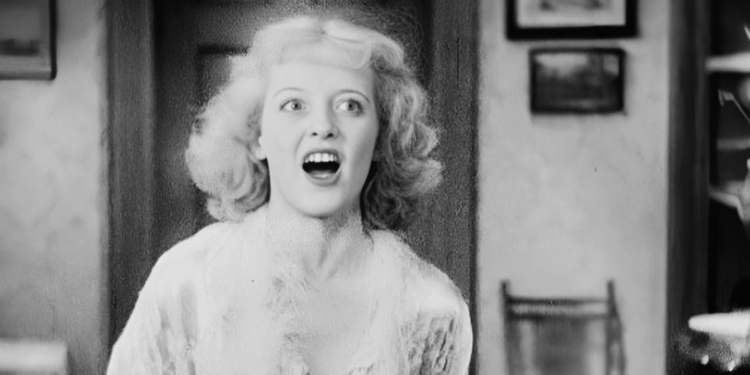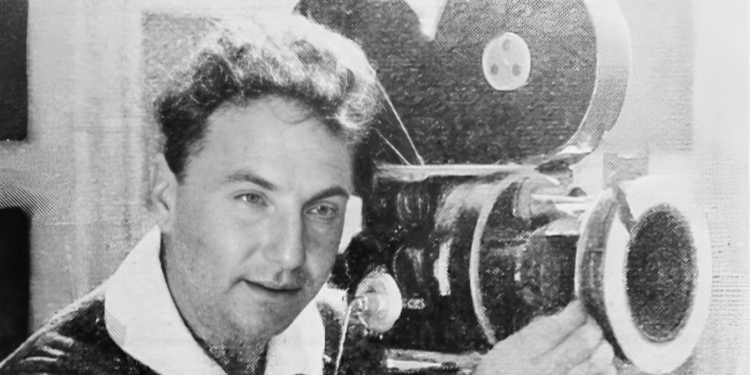As the biggest award in American cinema, winning a competitive Oscar is no easy feat. Every year, the Academy Awards honor the best performances, films, and technical contributions in different categories. While many actors have yet to secure an Oscar win, despite several nominations, others have yet to break the Oscar curse to get a nomination.
With the elusiveness of winning an Oscar, many performers settle with having a nomination. An Oscar nomination is, in itself, a profile booster for anyone in the entertainment industry. However, someone holds the record as the only person to win an Oscar without a nomination.
How Oscars Nominees Are Nominated
 \
\
According to the Academy Awards Rules & Eligibility Page, most categories are nominated by Academy members within the corresponding category branch. In other words, members of the Academy who are film editors will nominate film editors, film directors will nominate directors, actors will nominate actors, etc. However, the exceptions to this rule are in categories like Animated Feature Films and International Feature Films. Membership in the Academy of Motion Picture Arts and Sciences (AMPAS) is strictly by invitation. This invitation comes from the Board of Governors. However, for reasons best known to the Academy and its members, year after year, certain individuals or films are either snubbed or overlooked.
How a Unique Campaign Won Hal Mohr An Oscar

When the 8th Academy Awards nominees were announced on February 5, 1935, famed movie cinematographer Hal Mohr‘s name wasn’t part of it. In the year under review, Hal Mohr was the cinematographer in the 1935 romantic comedy fantasy A Midsummer Night’s Dream. Surprisingly, he wasn’t nominated by the Academy. Although A Midsummer Night’s Dream was panned by critics and bombed at the Box Office, the film’s cinematography was highly praised. With the movie based on William Shakespeare‘s play of the same name, Hal Mohr’s critical praise was well deserved for his unique approach and adaptation.
Luckily for Hal Mohr, the Academy made a change to their rules a year before. This led to the introduction of write-in campaigns. This meant that Academy members could nominate a candidate outside the already chosen nominees by casting votes. As such, Hal Mohr’s name was included in the ballot despite not being one of the original 8th Academy Awards nominees. However, in a surprising turn of events, Hal Mohr beat the other three originally nominated candidates to win Best Cinematography at the 1936 8th Academy Awards. With his win, Hal Mohr became the only write-in candidate who was never officially nominated to win an Oscar. Originally, only three nominees were nominated for Best Cinematography. Hal Mohr beat Ray June (for Barbary Coast), Victor Milner (for The Crusades), and Gregg Toland (for Les Misérables).
Why the Rules Were Changed in 1935

The Oscars have been plagued with controversies since its first ceremony in 1929. Like Hal Mohr, actress Bette Davis wasn’t nominated for Best Actress at the 7th Academy Awards. Bette Davis played the female lead in John Cromwell’s 1934 drama Of Human Bondage. Although the movie wasn’t commercially successful, Bette Davis’ performance as Mildred Rogers received critical acclaim from critics and audiences. When her name wasn’t one of the nominees for Best Actress, announced on February 5, 1935, there was a great uproar for her snub. The nomination would have been Bette Davis’ first Oscar nomination. The Academy received countless letters, calls, and not-so-nice editorials about the snub. For this reason, the Academy Awards decided to change its rule and allow for a write-in candidate to be included in the category. The campaign led Academy members to vote for names to be included on the ballot for Best Actress.
Although this was a perceived win for Bette Davis and her fans/admirers, this was a threat for the actresses originally nominated. Only three actresses were originally nominated for Best Actress – Claudette Colbert (for It Happened One Night), Grace Moore (for One Night of Love), and Norma Shearer (for The Barretts of Wimpole Street). Actress Claudette Colbert was the most vocal of the nominees. She argued that changing the rule to allow the voting members of the Academy to include a name would automatically give the person an advantage or win. If the voting members believed an actor (who was initially “snubbed”) deserved nomination and campaigned to include them as a write-in candidate, the voters would naturally vote for the write-in candidate as the winner for the category.
Claudette Colbert had no intention of wasting her time at the 7th Academy Awards ceremony because she believed Bette Davis was the clear winner for Best Actress. However, in a surprising turn of events, Bette Davis not only came in a distant fourth place but also, after the final voting, Claudette Colbert was awarded Best Actress at the 7th Academy Awards. Reportedly, Claudette Colbert, who was about to board a train, had to rush to Biltmore Hotel (the location for the Oscar ceremony) to receive her award before rushing back to her waiting train. Possibly out of guilt, Bette Davis was awarded Best Actress for her performance in Dangerous at the 8th Academy Awards. Even Bette Davis considered the win a consolation as she opined Katharine Hepburn was more deserving of the Oscars that year for her performance as the eponymous character Alice Adams in Alice Adams.
Why Hal Mohr’s Oscar Win Ended the Write-in Candidate Campaign

The Academy had proved there was no impartial judgment/voting with the write-in campaign at the 7th Academy Awards. Despite Bette Davis’ campaign, the actress still didn’t win. This proved that even with a public outcry to honor an actor with a nomination would not automatically guarantee them a win. However, write-in candidates/campaigns are strange terms for today’s film and television audiences because of Hal Mohr’s Oscar win. Winning an Oscar when he wasn’t nominated exposed the loophole of the write-in campaign. Knowing this rule change could possibly affect the credibility of the Oscars, a decision was made to scrap the write-in candidates/campaigns.
A better option was to expand the number of nominees in certain categories. At the 9th Academy Awards, five cinematographers were nominated in the category, against the three nominations the category received the previous year at the 8th Academy Awards. The Oscars only used the write-in votes in two consecutive years, at its 7th and 8th Academy Awards in 1935 and 1936, respectively. However, eight years later, Hal Mohr won another Oscar for Best Cinematography at the 16th Academy Awards. He shared the award with W. Howard Greene, whom he worked with as co-cinematographer in director Arthur Lubin’s horror film Phantom of the Opera (1943). Hal Mohr created a new record with his 1944 win by becoming the first cinematographer to win an Oscar for Black-and-White and Color cinematography. Hal Mohr also received another Oscar nomination for his work in the comedy-drama The Four Poster (1952).
 Follow Us
Follow Us





